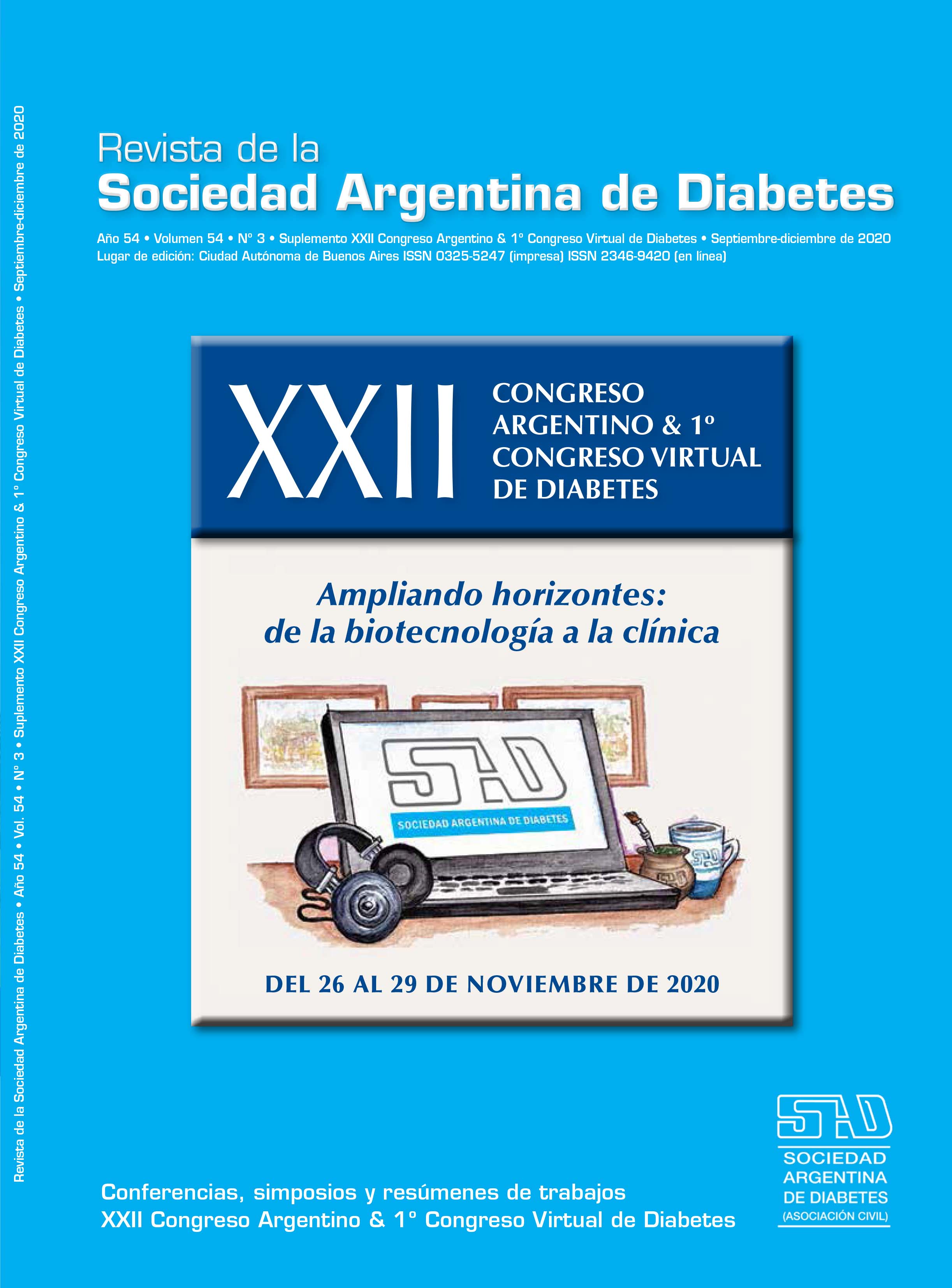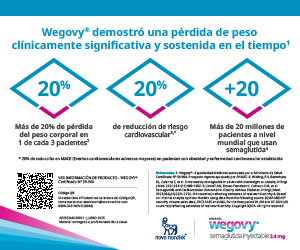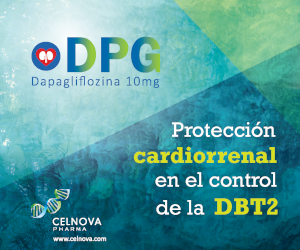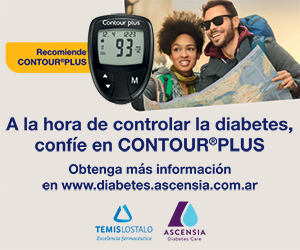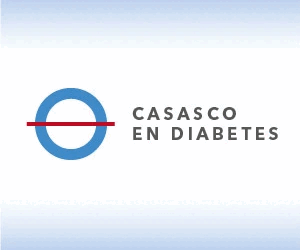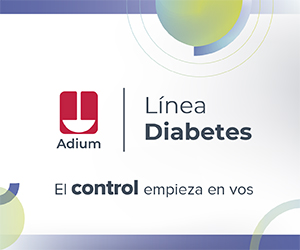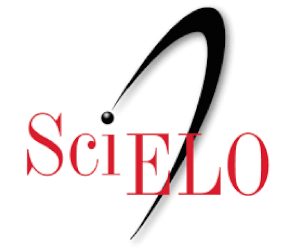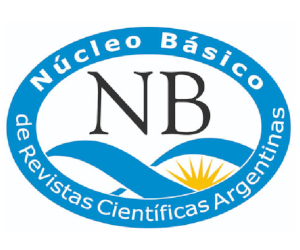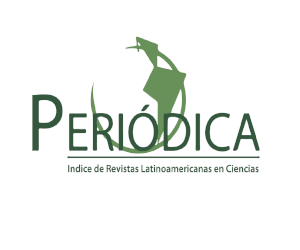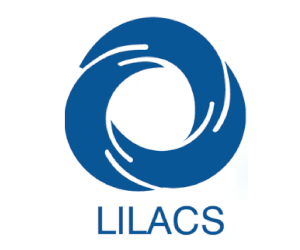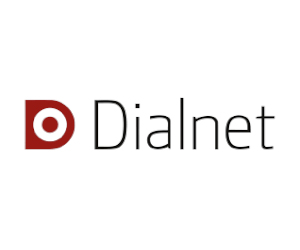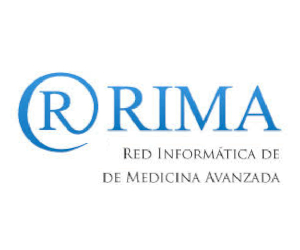P25 Impact of hypoglycaemia in adult patients with type 1 and type 2 diabetes in the Comahue region
DOI:
https://doi.org/10.47196/diab.v54i3Sup.409Keywords:
impact hypoglycaemia, adults, type 1 and 2 diabetesAbstract
Introduction: hypoglycemia is a common adverse effect of diabetes treatment and is considered the greatest limiting factor in achieving goals. Addressing hypoglycemic events is very important both in the office and in research.
Objectives: Characterize the population in terms of age, sex, type of diabetes, duration of diabetes, HbA1c, treatment and prevalence of non severe hypoglycemia (level 1 and level 2) in the last month and severe (level 3) in the last three months. Evaluate factors associated with hypoglycemia. Evaluate patients actions as a result of non-severe and severe hypoglycemia, also the reported knowledge of hypoglycemia of their relatives, and the sources of diabetes education. Furthermore, evaluate fear as a result of hypoglycemia and its association with hypoglycemic events.
Methods: Observational, multicenter, cross-sectional study, carried out between May and July 2020 in the Comahue Chapter of the SAD. Diabetes patients older than 18 years were randomly surveyed.
Results: 452 patients answered the questionnaire (T1D: 18.1% and T2D: 78.8%). Mean age 53.8 years. Male 51.1%. The mean time of duration of diabetes was 11.16 years. The most recent mean HbA1c was 7.75%. The prevalence of any hypoglycemic event was 41%. The most frequently reported factor associated with hypoglycemia was the omission and / or reduction of intake by 30.2%. On the other hand, the most frequent behavior as a result of hypoglycemia was the increase of calorie intakes in 89.7%. Regarding the use of healthcare resources due to severe hypoglycemia, it was reported that 71.4% of the patients required ambulance assistance, 25% were admitted to emergency, 14% were admitted to hospital, and 3.5% were admitted to ICUs. Additionally, 14% of the patients reported having used glucagon. 80% reports having knowledge about hypoglycemia and 93% refer to the health professional as a source of education. 79% of the patients (94% of the patients with type 1 diabetes and 76% of the patients with type 2 diabetes) expressed fear of hypoglycemia. This percentage rises to 96% in patients who reported hypoglycemic event and to 96% in patients who reported nocturnal hypoglycemia. Patients with fear of hypoglycemia had more hypoglycemia,
with an OR9.93 (4.47-22.05) for non-severe hypoglycemia, OR 6.95 (1.66-29.17) for severe hypoglycemia, and OR9.2 (3.64-24.25) for nocturnal hypoglycemia. Only 27.4% of the patients have diabetes identification in case of emergency.
Conclusion: In this study, a high prevalence of hypoglycemia was found. The prevalence of fear as a result of hypoglycemia is even higher. In the subgroup with fear, a higher prevalence of any type of hypoglycemia was observed. It is very important to inquire about these events and increase patients and their families knowledge of
prevention and treatment of hypoglycemia to reduce the impact on patients health and subsequently on the healthcare system.
Downloads
Published
Issue
Section
License

This work is licensed under a Creative Commons Attribution-NonCommercial-NoDerivatives 4.0 International License.
Dirección Nacional de Derecho de Autor, Exp. N° 5.333.129. Instituto Nacional de la Propiedad Industrial, Marca «Revista de la Sociedad Argentina de Diabetes - Asociación Civil» N° de concesión 2.605.405 y N° de disposición 1.404/13.
La Revista de la SAD está licenciada bajo Licencia Creative Commons Atribución – No Comercial – Sin Obra Derivada 4.0 Internacional.
Por otra parte, la Revista SAD permite que los autores mantengan los derechos de autor sin restricciones.



